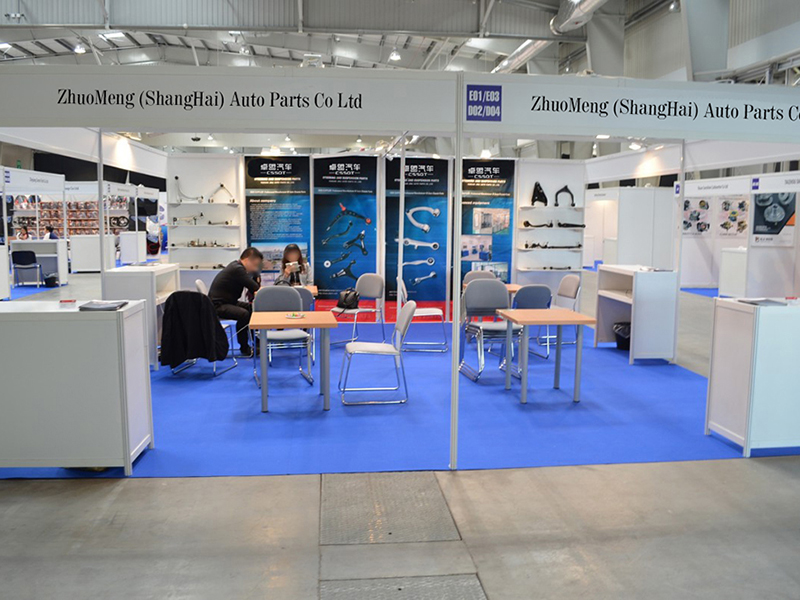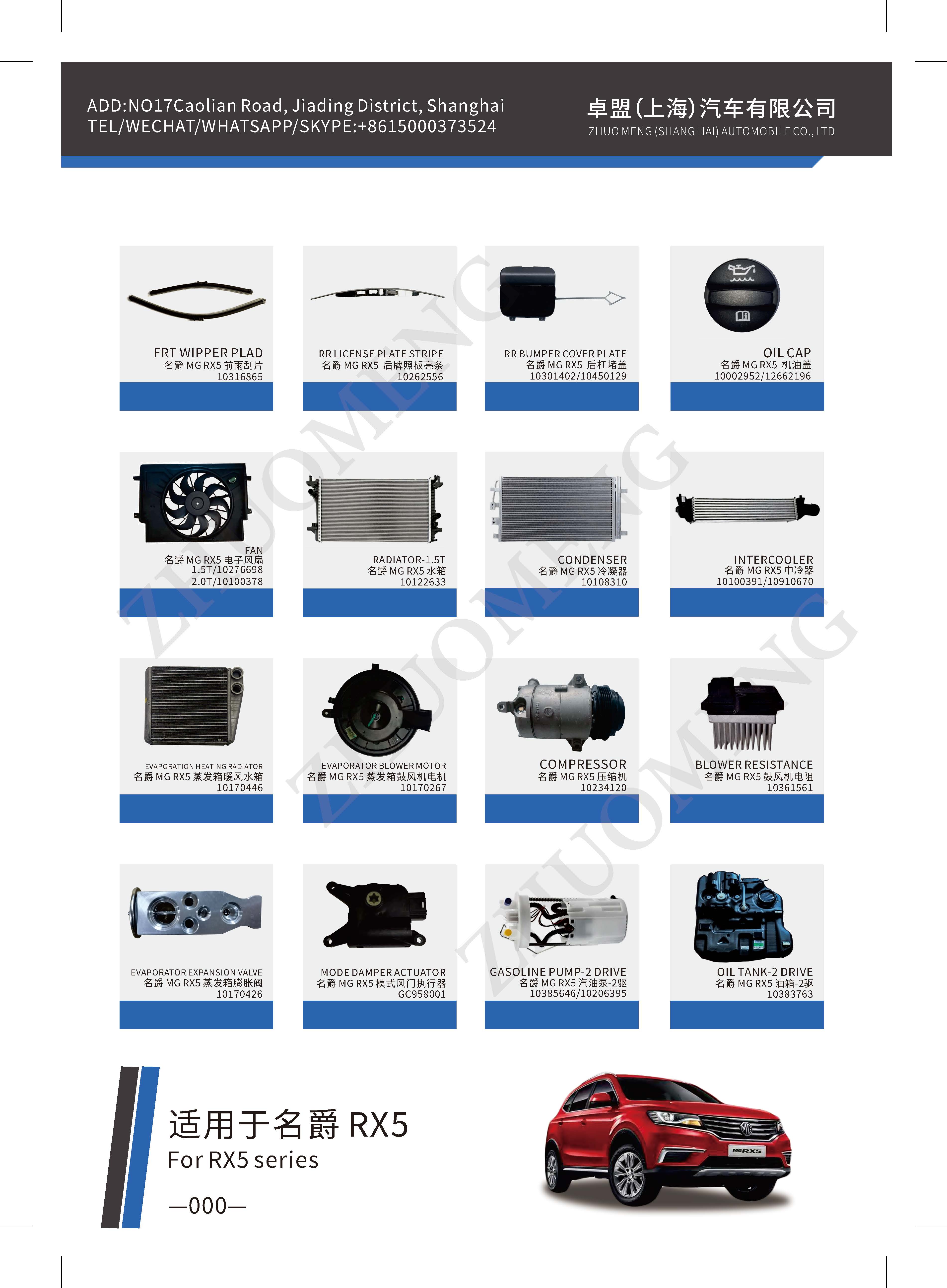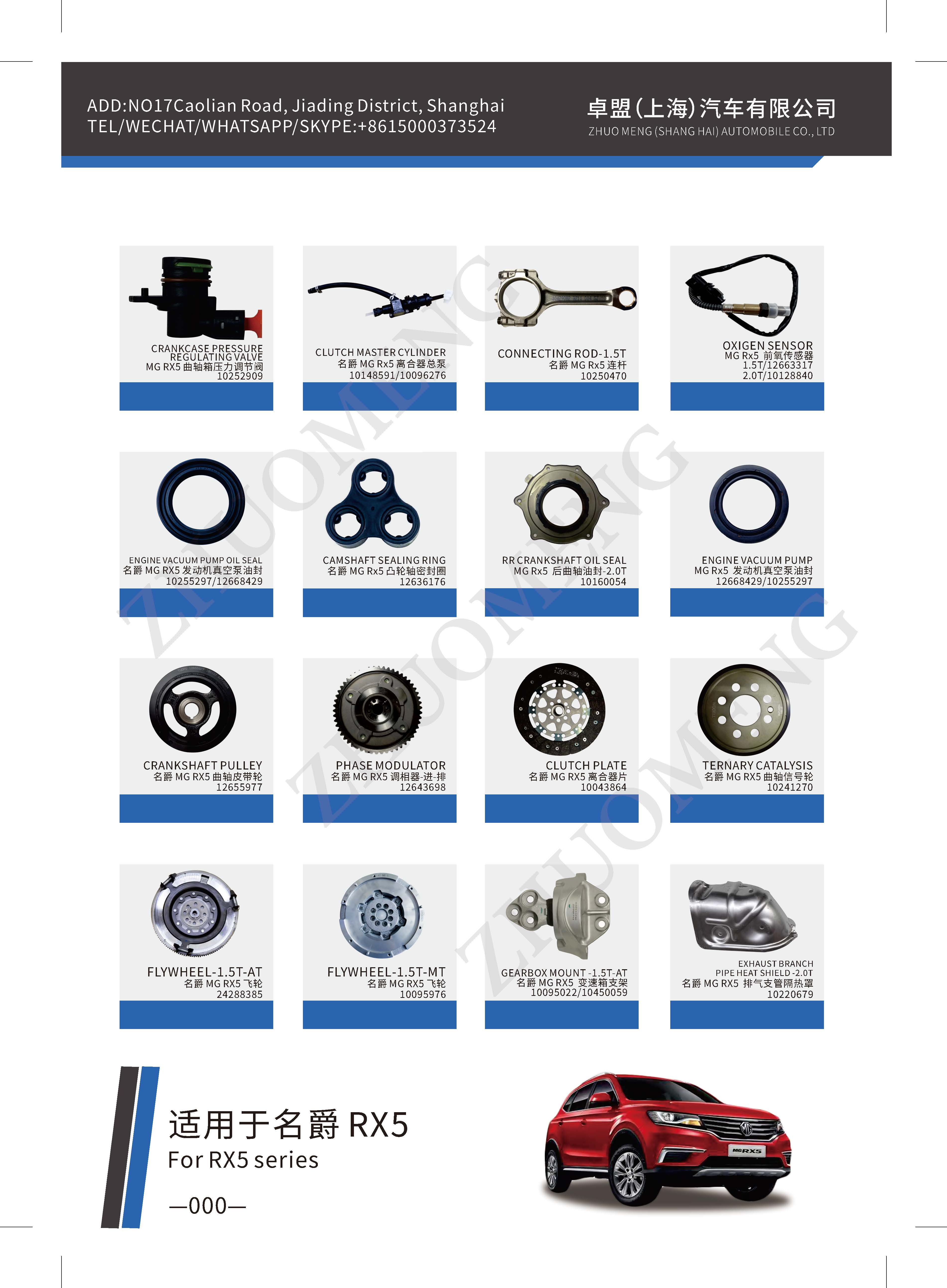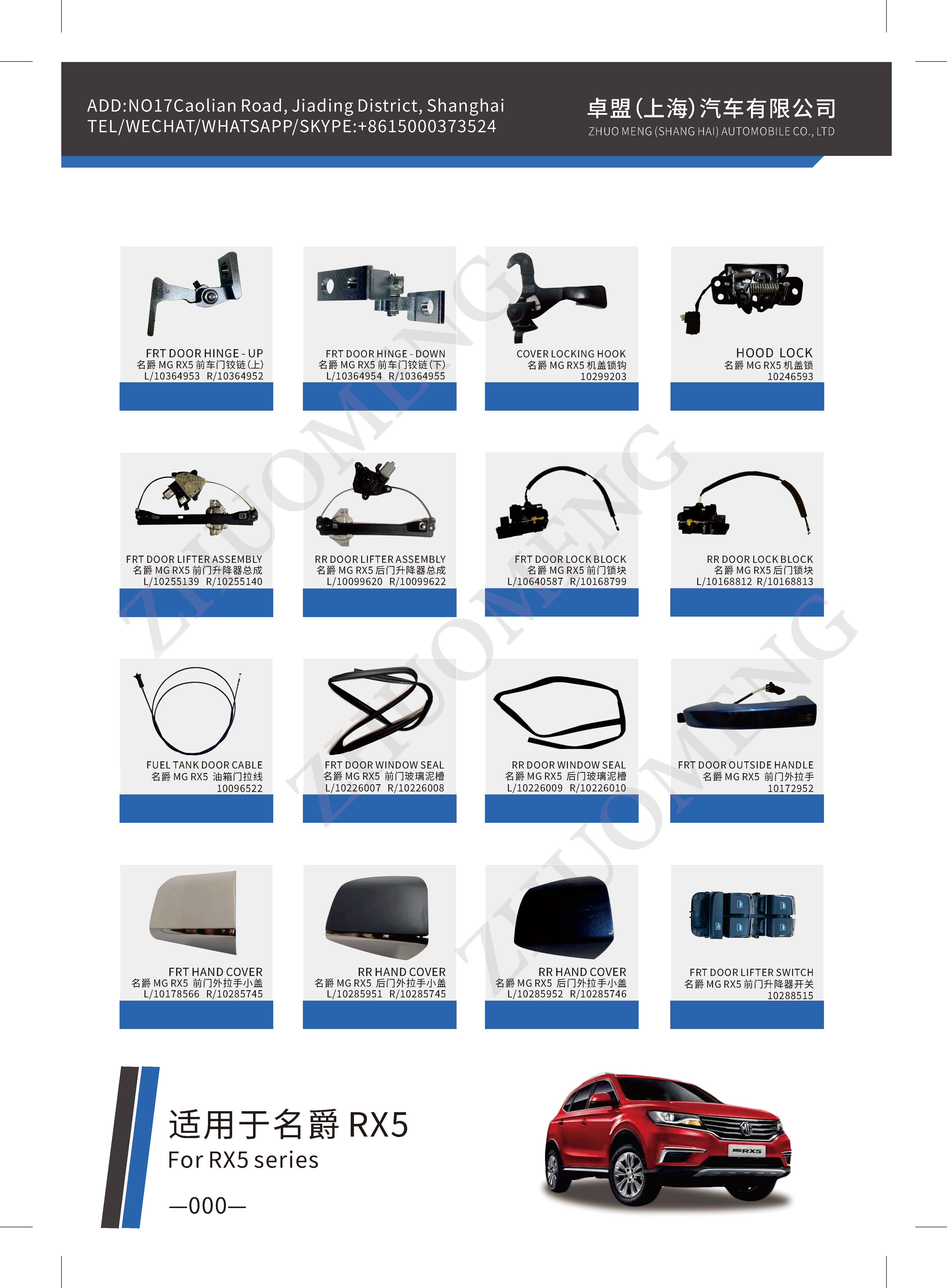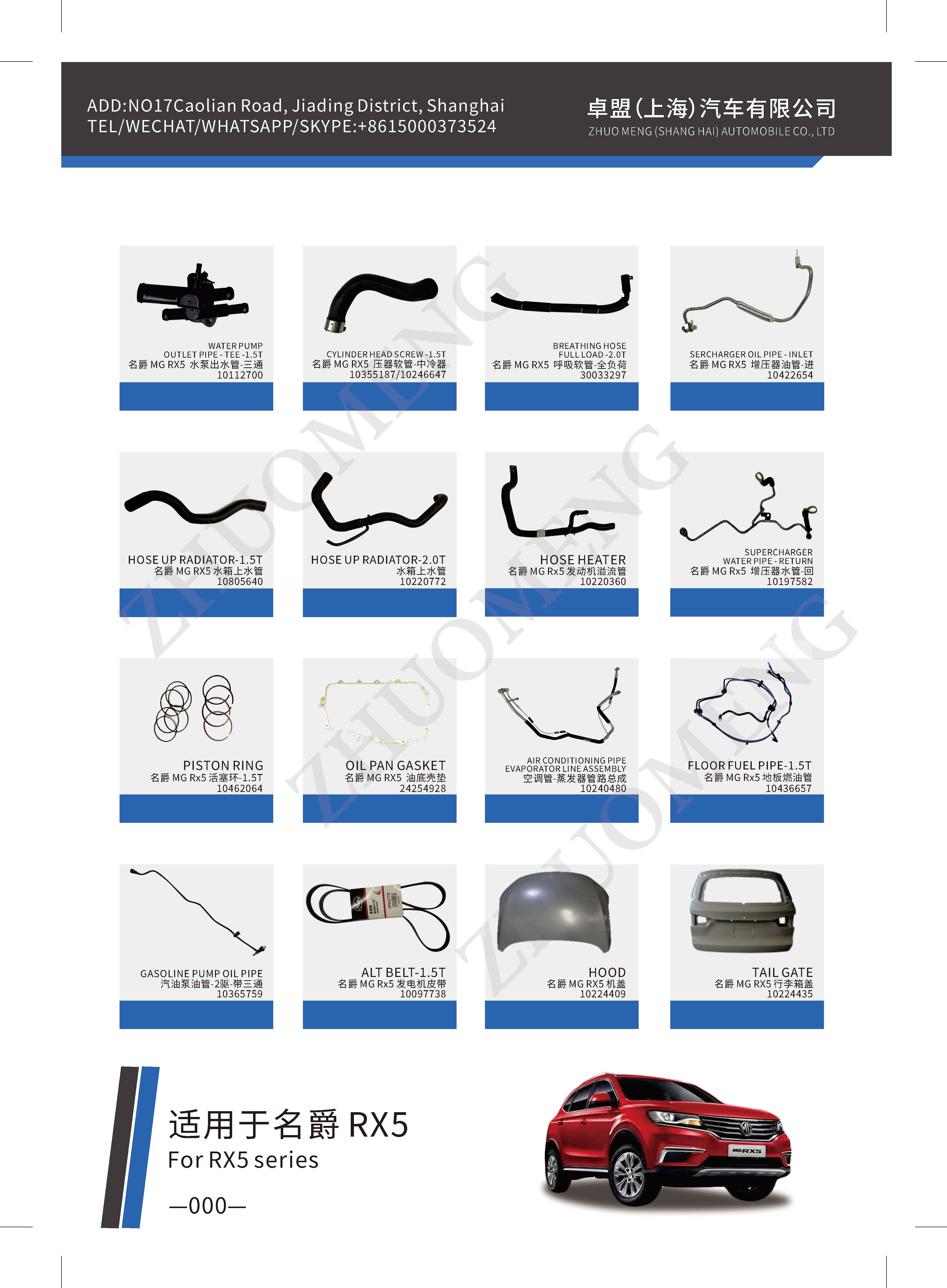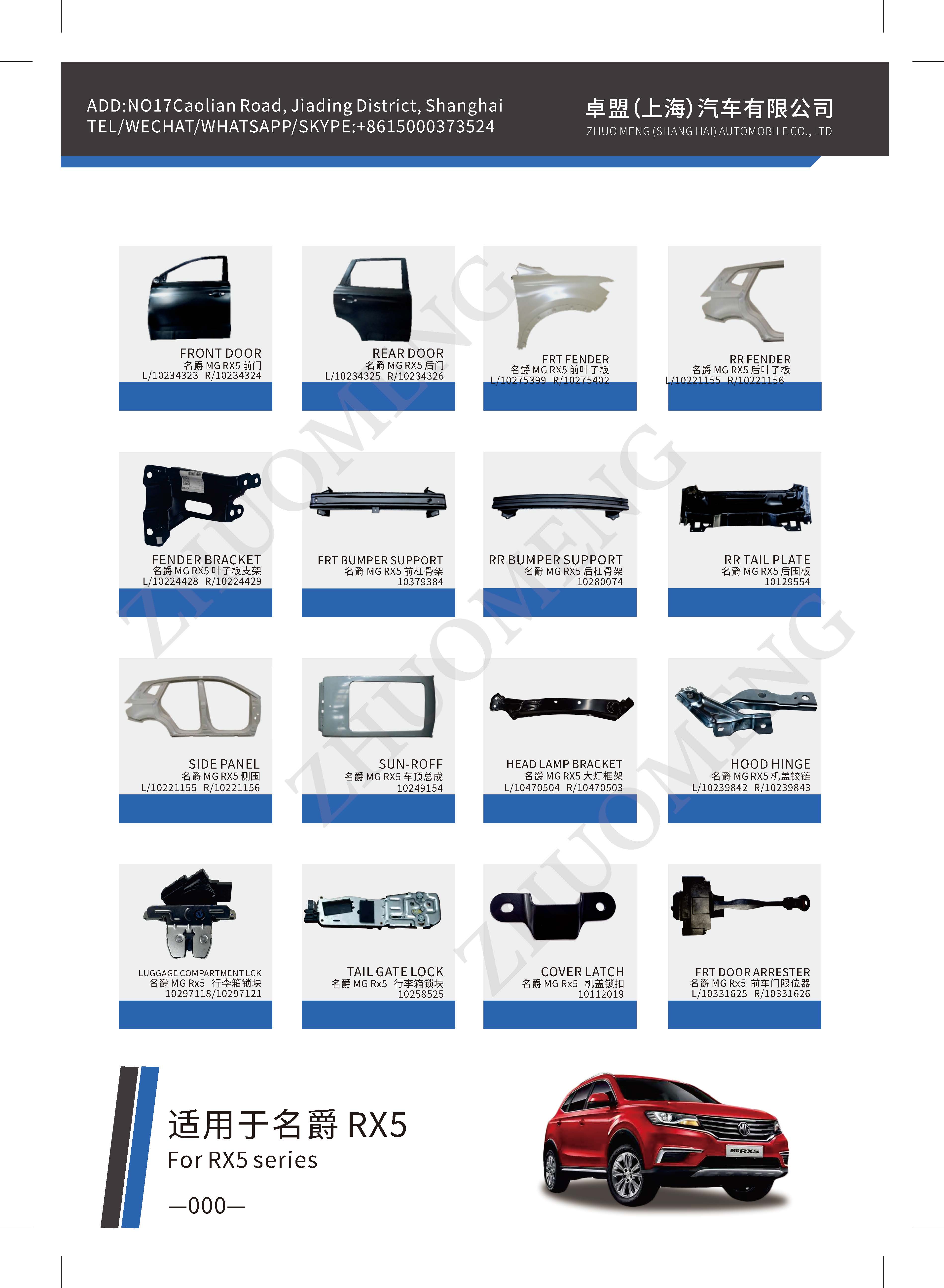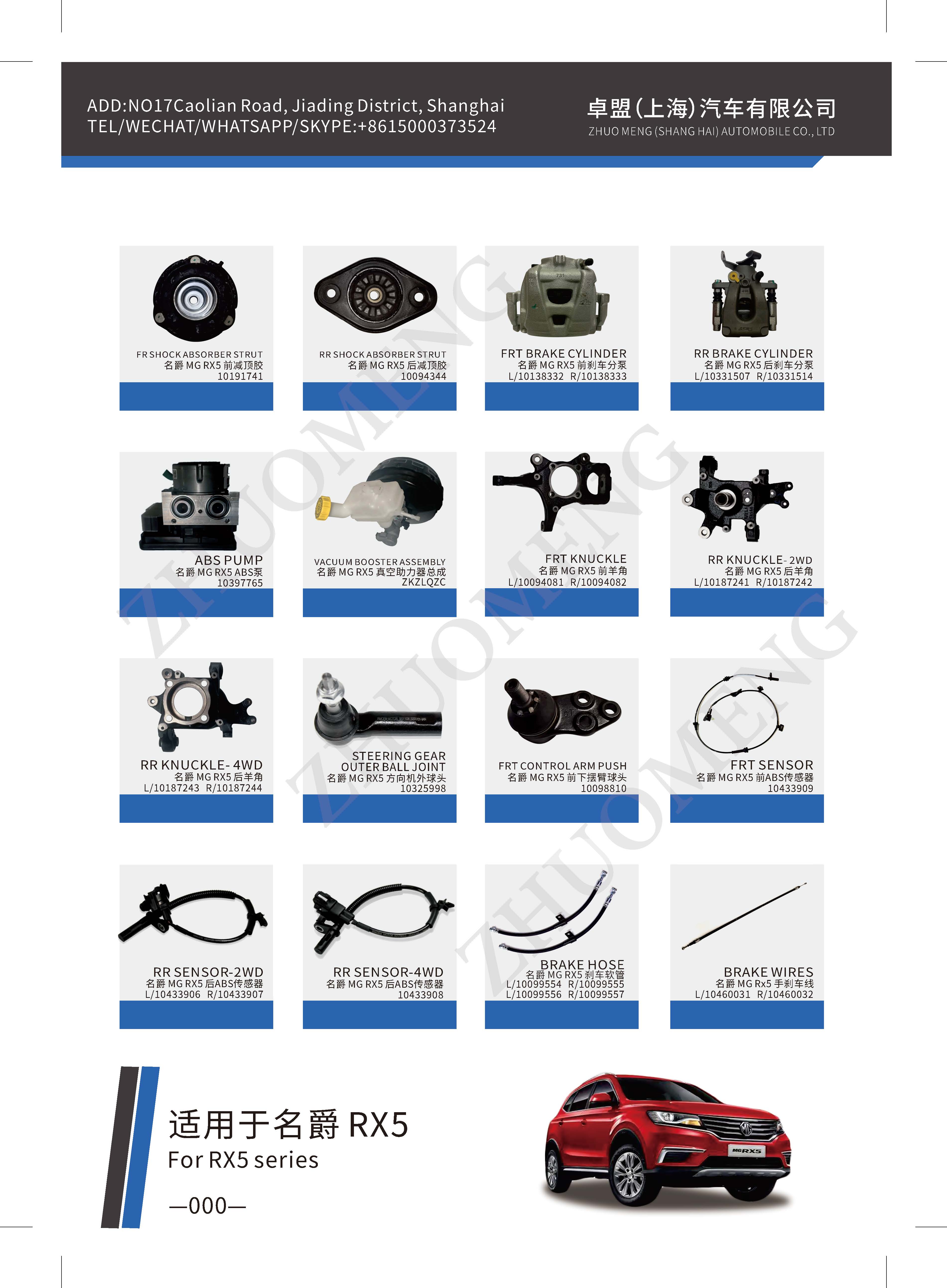Steering Knuckle, also known as "ram Angle", is one of the important parts of the automobile steering bridge, which can make the car run stably and transfer the direction of driving sensitibly.
The function of the steering knuckle is to transfer and bear the load of the front of the car, support and drive the front wheel to rotate around the kingpin and make the car turn. In the running state of the vehicle, it bears variable impact load, so it is required to have a high strength
Steering wheel positioning parameters
In order to maintain the stability of the car running in a straight line, the steering light and reduce the wear between the tire and the parts, the steering wheel, steering knuckle and front axle between the three and the frame must maintain a certain relative position, this has a certain relative position installation called steering wheel positioning, also known as the front wheel positioning. The correct positioning of the front wheel should be done: it can make the car run steadily in a straight line without swinging; There is little force on the steering plate when steering; The steering wheel after steering has the function of automatic positive return. No skid between the tire and the ground to reduce fuel consumption and prolong the service life of the tire. Front wheel positioning includes kingpin backward tilt, kingpin inward tilt, front wheel outward tilt and front wheel front bundle. [2]
Kingpin rear Angle
The kingpin is in the longitudinal plane of the vehicle, and its upper part has a backward Angle Y, that is, the Angle between the kingpin and the vertical line of the ground in the longitudinal plane of the vehicle, as shown in the figure.
When the kingpin has the rear inclination v, the intersection point of the kingpin axis and the road will be in front of the contact point between the wheel and the road. When the car is driving in a straight line, if the steering wheel is accidentally deflected by external forces (deflection to the right is shown by the arrow in the figure), the direction of the car will deviate to the right. At this time, due to the action of the centrifugal force of the car itself, at the contact point b between the wheel and the road, the road exerts a lateral reaction on the wheel. The reaction force on the wheel forms a torque L acting on the axis of the main pin, the direction of which is exactly opposite to the direction of the wheel deflection. Under the action of this torque, the wheel will return to the original middle position, so as to ensure the stable straight line driving of the car, so this moment is called the positive moment,
But the torque should not be too large, otherwise in order to overcome the stability of the torque when steering, the driver should exert a large force on the steering plate (the so-called steering heavy). Because the magnitude of the stabilizing moment depends on the magnitude of the moment arm L, and the magnitude of the moment arm L depends on the magnitude of the rear inclination Angle v.
Now the commonly used v Angle is not more than 2-3°. Due to the decrease of tire pressure and the increase of elasticity, the stability torque of modern high-speed vehicles increases. Therefore, the V Angle can be reduced to close to zero or even negative.


